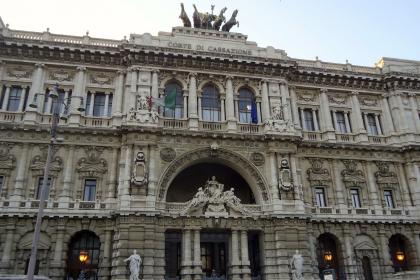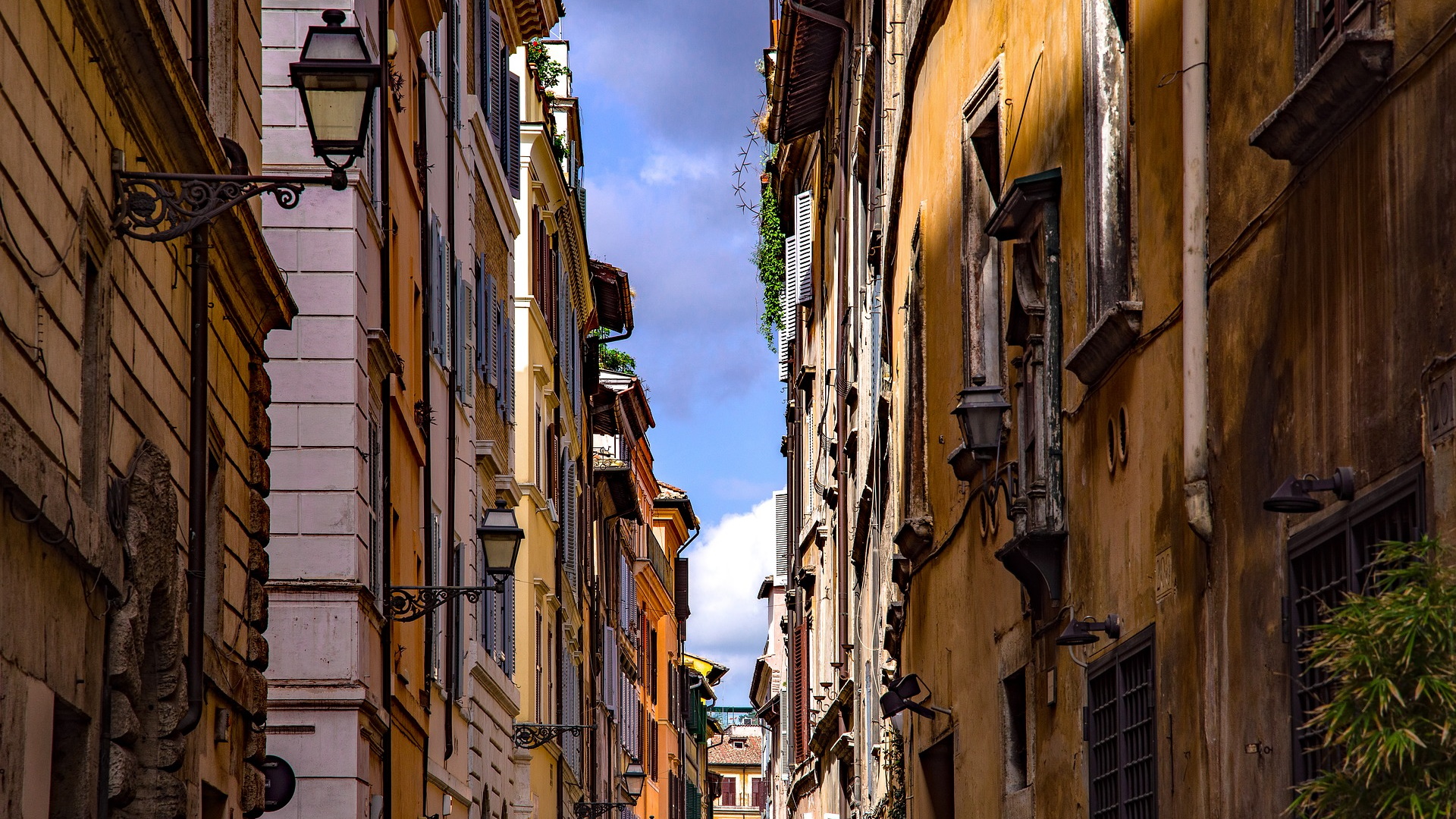
Strolling through the streets of the historic center, on the corners of the buildings, you can see some marble plaques with a particular shape that bear the word "RIONE" flanked by a number, a name, and a coat of arms. They represent the 14 districts in which the city was reorganized by Pope Benedict XIV in the 18th century.
This article tells the origin, history, and fascinating facts about these districts: you will be fascinated.
Since ancient times, the city was organized into administrative areas. This organization had two purposes: evaluate the assets of individual citizens and the taxes they had to pay; take a census of the population to establish their rights and duties.
As early as the 6th century BC, Rome was divided into four regiones within the pomerium, the sacred and inviolable border that separated the city from the rest of the world.
With the expansion of the city under Octavian Augustus, the first emperor of Rome, the regiones became 14.
Except for the Transtiberim, the current Rione Trastevere, they were all located on the left bank of the Tiber.
After the fall of the Roman Empire and the decline of the city, the population decreased, and in the 12th century, it was divided into 12 regiones, called "rioni" in vernacular.
At the end of the 16th century, Pope Sixtus V carried out an intense reorganization of the city with new streets and fountains: the regiones became 14 with the addition of the Borgo district in the San Pietro area.
It was Pope Benedict XIV Lambertini, in 1748, who conceived the plaques to identify the districts and it was always he, a few years earlier, in 1745, who commissioned Gregorio Roisecco, a book dealer in Piazza Navona, to write the first tourist guide of the city: Roma antica e moderna.
In 1798, with the French occupation, Rome was again subdivided into 8 zones called Giustizie. It was the French themselves who had the names and the area they belong written on all the streets.
The situation remained virtually unchanged until 1871, the year in which Rome became the Capital of Italy. The number of districts grew with the increase in population and the expansion of the city, reaching 21. In 1921, the last one, Prati, was added.
The districts of Rome extend over an area of about 16 square kilometers and indicate the areas of the historic center of Rome. With the exception of the Prati district, they are all located within the walls of Rome, which include the Aurelian walls, the Janiculum Walls, and the Leonine Walls.
We begin our journey with the Rione I - Monti, where tourists and Romans meet for a coffee, a cocktail, or to enjoy a good dish of the Roman gastronomic tradition, in the shade of the medieval towers and the archaeological remains of the Imperial Forums.
Let's continue with Rione II - Trevi, one of the most loved districts of the city, especially for the amazing Trevi Fountain.
Rione III – Colonna, instead, is the beating heart of Rome. Here, you can find the top shopping streets in the city and some of the most important governmental buildings.
Rione IV - Campo Marzio is one of the most elegant places in the city. Here, you can indulge in the wildest shopping in luxury shops or sip a cocktail in some of the most sumptuous hotels in the historic center.
Rione V - Ponte, formerly a meeting point for powerful prelates, rich merchants, politicians and businessmen, and famous courtesans, is the richest in evidence of the Renaissance and Baroque in Rome.
Rione VI - Parione, on the other hand, hosts some of the most loved places by Romans and tourists, such as the colorful market of Campo de' Fiori and Piazza Navona.
In Rione VII - Regola, you can breathe an atmosphere of other times. Here, pleasant walks await you among unique ancient artisan shops and delightful vintage boutiques.
Rione VIII - Sant’Eustachio is one of Rome's most popular districts for its proximity to the most important monuments and the numerous bars and cafes, where to relax from shopping and cultural visits.
The lively and charming Rione IX - Pigna houses the Pantheon, jewels of ancient Rome, and one of the major tourist attractions of the city.
Rione X - Campitelli is the best known and visited in the city, thanks to the numerous archaeological and museum sites present on its territory.
Rione XI - Sant'Angelo houses one of the world's oldest Ghettos, but it is also appreciated for its excellent cuisine that merges Roman and Jewish traditions.
Rione XII - Ripa overlooks the river Tiber and hosts some of the most evocative monuments and places in Rome, including the Circus Maximus and the Tiber Island.
Rione XIII - Trastevere is the largest in Rome and is known above all for the numerous traditional trattorias, craft shops, and clubs present in its characteristic squares and alleys.
In Rione XIV - Borgo, located between the Tiber and the Vatican, you can visit is one of the most loved monuments in Rome: Castel Sant'Angelo, the ancient Mausoleum built to keep the remains of the Emperor Hadrian.
Thanks to its proximity to Termini Station, Rione XV - Esquilino is the most multicultural district of the city. Not to be missed if you are a lover of the local "color" and curious to taste countless international cuisine recipes.
Rione XVI - Ludovisi is famous above all for the elegant Via Vittorio Veneto, the street that, in the 1950s, was the scene of the glamourous Dolce Vita.
In Rione XVII - Sallustiano, you can visit the beautiful Church of Santa Maria della Vittoria, which houses the Ecstasy of Santa Teresa d'Avila, a sensual sculptural work by Gian Lorenzo Bernini.
In Rione XVIII - Castro Pretorio is the spacious Piazza della Repubblica, a landmark of the district, and the elegant Via Nazionale, one of Rome's main shopping streets.
Inside Rione XIX - Celio is the most famous monument in the world, the Colosseum, which for almost two thousand years has told an uninterrupted story of charm and magnificence.
The lively Rione XX - Testaccio has always preserved the true popular soul of the Rome of the past.
Rione XXI - San Saba is the penultimate rione of Rome and hosts the suggestive archaeological complex of the Baths of Caracalla.
The last district of Rome, Rione XXII - Prati, is among the most fascinating in the city with its elegant boutiques, chic restaurants, and trendy wine bars.
Rione I - Monti
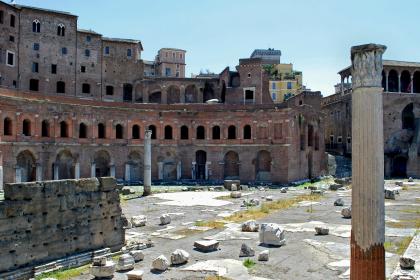
Rione II - Trevi
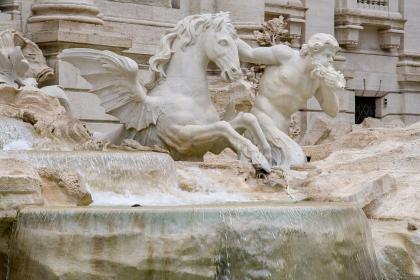
Rione III - Colonna
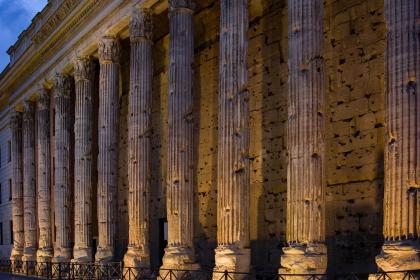
Rione IV - Campo Marzio
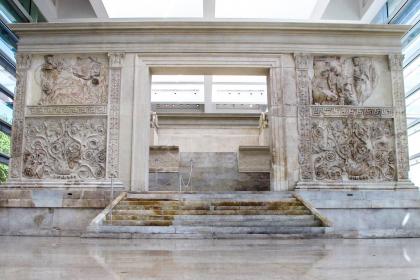
Rione V - Ponte
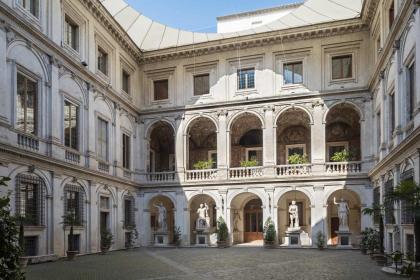
Rione VI - Parione
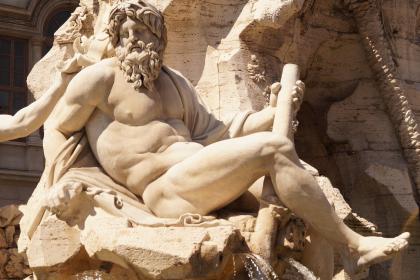
Rione VII - Regola
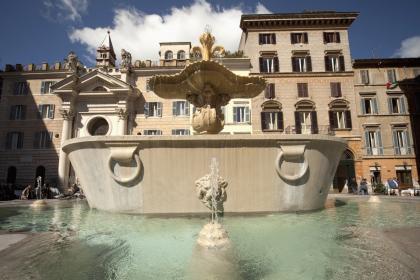
Rione VIII - Sant'Eustachio
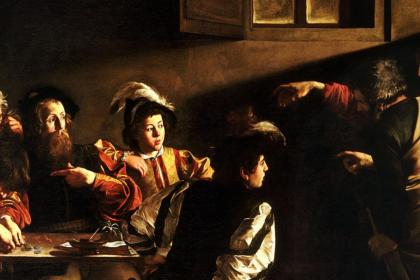
Rione IX - Pigna
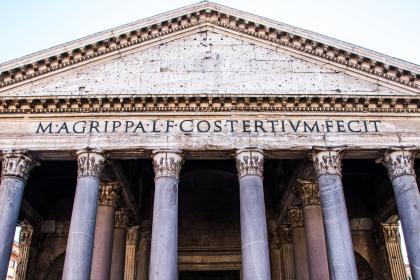
Rione X - Campitelli
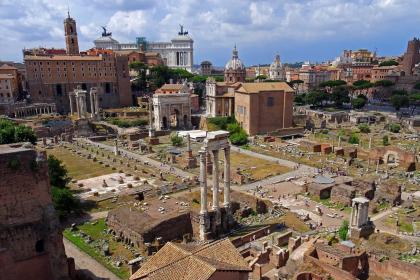
Rione XI - Sant'Angelo
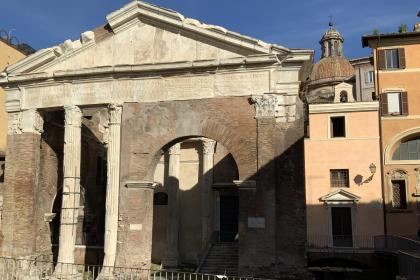
Rione XII - Ripa
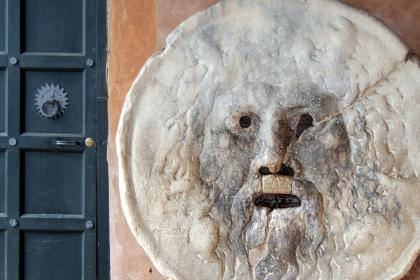
Rione XIII - Trastevere
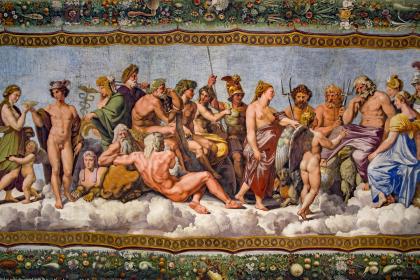
Rione XIV - Borgo
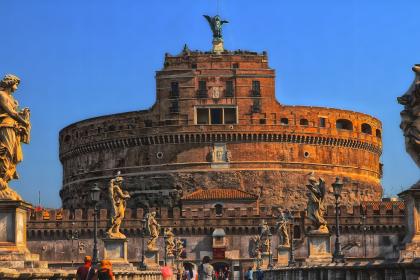
Rione XV - Esquilino
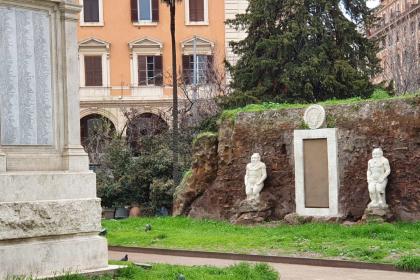
Rione XVI - Ludovisi
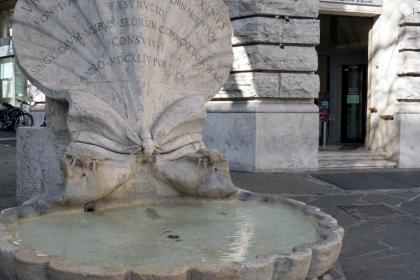
Rione XVII - Sallustiano
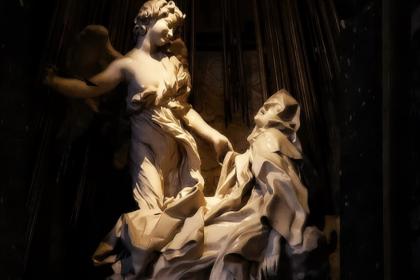
Rione XVIII - Castro Pretorio
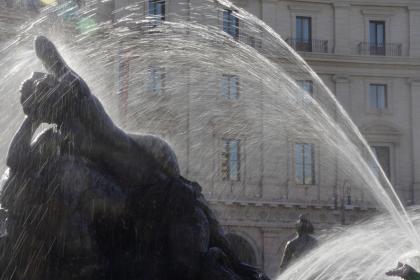
Rione XIX - Celio
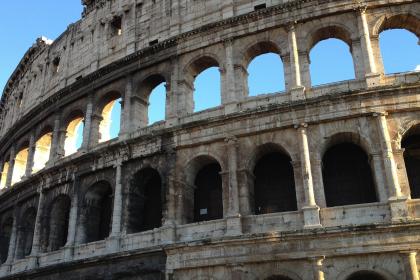
Rione XX – Testaccio
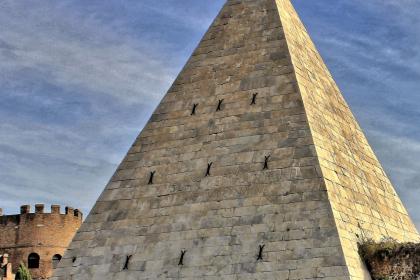
Rione XXI - San Saba
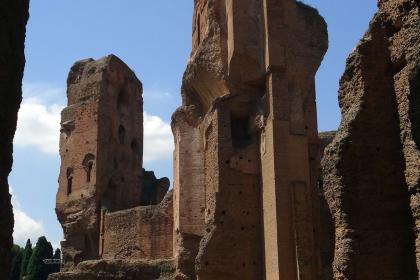
Rione XXII - Prati
